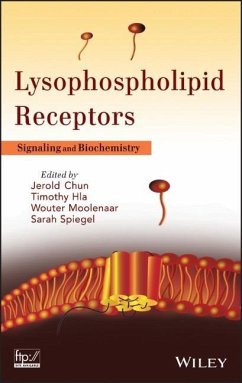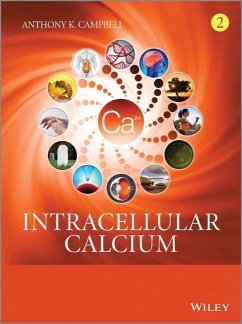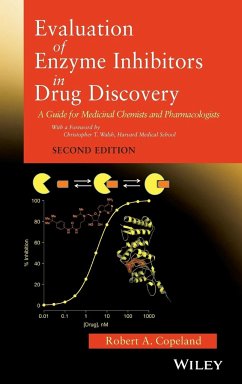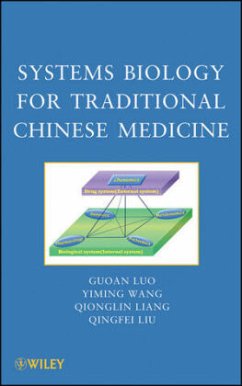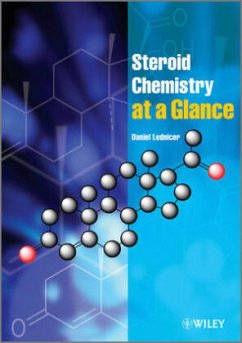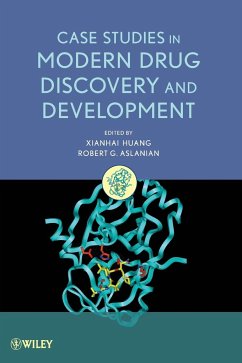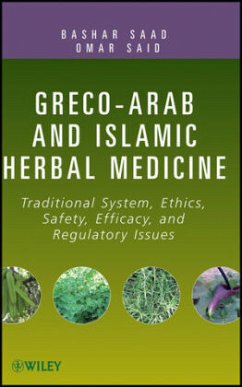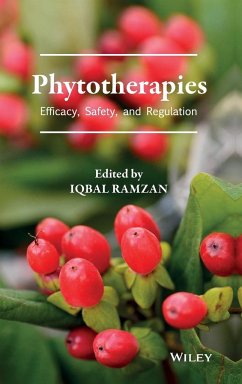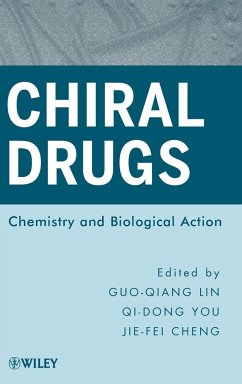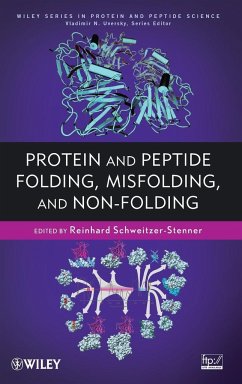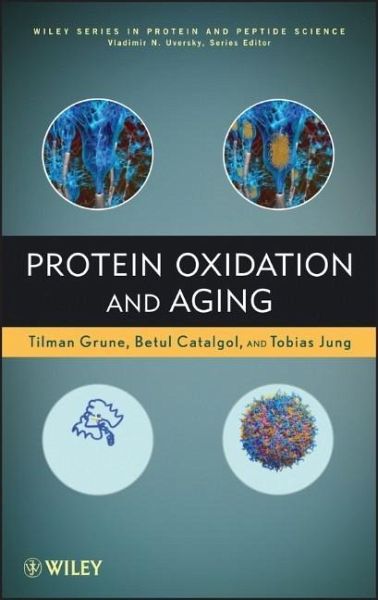
Protein Oxidation and Aging
Versandkostenfrei!
Versandfertig in über 4 Wochen
164,99 €
inkl. MwSt.
Weitere Ausgaben:

PAYBACK Punkte
82 °P sammeln!
As the lifespan of humans increases, research into aging and its related pathological conditions is gaining momentum. This book is the first to explain protein oxidation and the aging process, focusing on the connection between protein disturbances and the oxidative stress that cells continually undergo. Coverage includes major and novel techniques that can be used to analyze protein oxidation, how protein oxidation products can be biomarkers of aging, and the very broad involvement of protein oxidation in such diseases as Alzheimer's, Parkinson's, cardiovascular disease, diabetes, and cancer.
Reviews our current understanding of the role of protein oxidation in aging and age-related diseases
Protein oxidation is at the core of the aging process. Setting forth a variety of new methods and approaches, this book helps researchers conveniently by exploring the aging process and developing more effective therapies to prevent or treat age-related diseases. There have been many studies dedicated to the relationship between protein oxidation and age-related pathology; now it is possible for researchers and readers to learn new techniques as utilizing protein oxidation products as biomarkers for aging.
Protein Oxidation and Aging begins with a description of the tremendous variety of protein oxidation products. Furthermore, it covers:
Major aspects of the protein oxidation process
Cellular mechanisms for managing oxidized proteins
Role of protein oxidation in aging
Influence of genetic and environmental factors on protein oxidation
Measuring protein oxidation in the aging process
Protein oxidation in age-related diseases
References at the end of each chapter serve as a gateway to the growing body of original research studies and reviews in the field.
Protein oxidation is at the core of the aging process. Setting forth a variety of new methods and approaches, this book helps researchers conveniently by exploring the aging process and developing more effective therapies to prevent or treat age-related diseases. There have been many studies dedicated to the relationship between protein oxidation and age-related pathology; now it is possible for researchers and readers to learn new techniques as utilizing protein oxidation products as biomarkers for aging.
Protein Oxidation and Aging begins with a description of the tremendous variety of protein oxidation products. Furthermore, it covers:
Major aspects of the protein oxidation process
Cellular mechanisms for managing oxidized proteins
Role of protein oxidation in aging
Influence of genetic and environmental factors on protein oxidation
Measuring protein oxidation in the aging process
Protein oxidation in age-related diseases
References at the end of each chapter serve as a gateway to the growing body of original research studies and reviews in the field.



